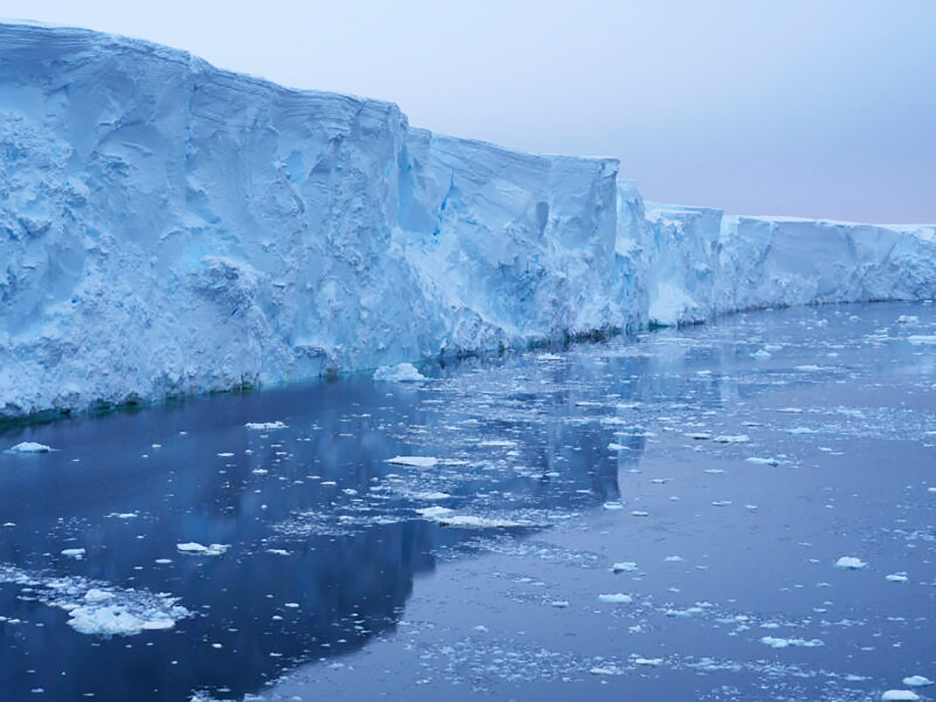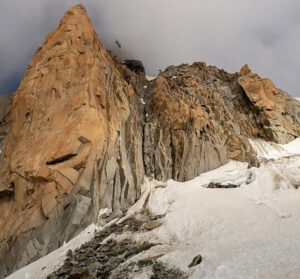For some years now, scientists have warned climate change has doomed Antarctica’s Thwaites Glacier, the world’s largest. Also known as the Doomsday Glacier, it is melting at an unprecedented rate. Now one scientist has what sounds like a crazy, desperate plan to save it. He wants to draw a giant curtain around it.
The Thwaites has lost over a trillion tonnes of ice since 2020 and accounts for four percent of global sea level rise. If it melted completely, the sea level would rise by almost three meters around the world.
At the moment it forms a barrier between many other glaciers and warming sea water. If it disappeared, these other, semi-protected glaciers would promptly melt as well.
A 100km long, 100m high curtain
Glaciologist and geo-engineer John Moore wants to erect a 100km long, 100m high curtain around the Thwaites. Contrary to what you might think, it’s not to shield the ice from sunlight. The bottom of the curtain would anchor to the seafloor, and the top would float in front of it, creating a makeshift wall in the water. This would keep the deep currents of warm water from reaching the glacier, stopping the melting or at least slowing it down.
In 2018, Moore came up with a similar idea, but instead of a curtain, he proposed a giant wall. Now he thinks the curtain is more feasible. It would be easier to install and remove if it caused unexpected problems.
“Any intervention should be something that you can revert if you have second thoughts,” Moore told Business Insider.

How the seabed curtain could work. Photo: Arctic Centre/University of Lapland
Moore and a team from the University of Cambridge are creating one-meter prototypes of the curtain and testing it on a small scale in the lab. They will next test it in a river environment.
In its infancy
They are unsure if the project will work and have stressed that their research is only in its infancy. Testing the curtain on an ever-larger scale will show them if it could reverse or slow down the melting of this giant glacier.
The Seabed Curtain Project hopes to launch a ten-meter version in a Norwegian fiord in 2025. The project will cost somewhere between $50 to $100 billion to set up, plus another $1 billion a year for maintenance.
Some of Moore’s colleagues have been highly critical of the project. Speaking to Sky News, geoscientist Martin Siegert said the plan was nonsense and that such “ideas are dangerous, illusionary, and distracting.”
Physical geographer Bethan Davies echoed this. She said that building such a curtain in a polar environment would be almost impossible. Others have said even if it works, it will merely slow the inevitable.
Moore admits that this is not a permanent solution, but it is better than just giving up. “We need to do something,” he said.






